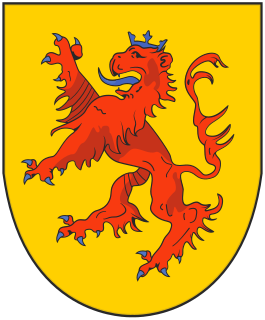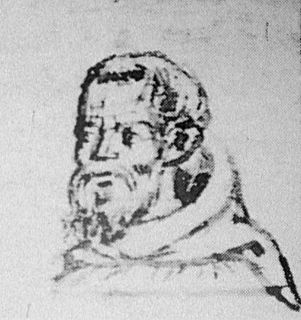 W
WThe Hethumids, also known as the House of Lampron, were an Armenian dynasty the rulers of the Armenian Kingdom of Cilicia from 1226 to 1341. Hethum I, the first of the Hethumids, came to power when he married Queen Isabella of Armenia who had inherited the throne from her father.
 W
WConstantine I was briefly king of the Armenian Kingdom of Cilicia from 1298 to 1299. He was the son of Leo II of Armenia and Kyranna de Lampron and was part of the Hetoumid-family.
 W
WConstantine III was the King of Armenian Cilicia from 1344 to 1362. He was the son of Baldwin, Lord of Neghir, and second cousin of Constantine II.
 W
WConstantine IV was the King of Armenian Cilicia from 1362 until his death. He was the son of Hethum of Neghir, a nephew of Hethum I of Armenia. Constantine came to the throne on the death of his cousin Constantine III, whose widow, Maria, daughter of Oshin of Corycos, he married.
 W
WHayton of Corycus was a medieval Armenian nobleman, monk and historiographer.
 W
WHethum I ruled the Armenian Kingdom of Cilicia from 1226 to 1270. He was the son of Constantine, Lord of Baberon and Princess Alix Pahlavouni of Lampron and was the founder of the dynasty which bears his name: the Hetoumids. Due to diplomatic relations with the Mongol Empire, Hethum himself traveled to the Mongol court in Karakorum, Mongolia, which was recorded in the famous account The Journey of Haithon, King of Little Armenia, To Mongolia and Back by Hetoum's companion, the Armenian historian Kirakos Gandzaketsi.
 W
WHethum II, also known by several other romanizations, was king of the Armenian Kingdom of Cilicia, ruling from 1289 to 1293, 1295 to 1296 and 1299 to 1303, while Armenia was a subject state of the Mongol Empire. He abdicated twice in order to take vows in the Franciscan order, while still remaining the power behind the throne as "Grand Baron of Armenia" and later as Regent for his nephew. He was the son of Leo II of Armenia and Kyranna de Lampron, and was part of the Hethumid dynasty, being the grandson of Hethum I, who had originally submitted Cilicia to the Mongols in 1247. He was assassinated with his nephew and successor Leo III by the Mongol general Bilarghu, who himself was later executed for this by the Mongol Ilkhan ruler Öljaitü.
 W
WIsabella, also Isabel was queen regnant of Armenian Cilicia from 1219 until her death.
 W
WKeran of Lampron was a by-birth member of the House of Lampron and by marriage Queen consort of Armenia.
 W
WLeo II or Leon II was king of the Armenian Kingdom of Cilicia, ruling from 1269/1270 to 1289. He was the son of King Hetoum I and Queen Isabella and was a member of the Hetoumid family.
 W
WLeo IV or Leon IV was the last Hethumid king of Cilicia, ruling from 1320 until his death. He was the son of Oshin of Armenia and Isabel of Korikos, and came to the throne on the death of his father. His name is sometimes spelled as Leo or Leon.
 W
WOshin of Lampron was an Armenian nakharar. Historical sources mentioned that he was a lord of a fortress near the city of Ganja, who migrated in the early 1070s to Cilicia and founded the House of Lampron that ruled the Armenian Kingdom of Cilicia in the 12th and 13th centuries.
 W
WOshin was king of the Armenian Kingdom of Cilicia, ruling from 1307 to 1320. He was a member of the Hetoumid-family, the son of Leo II, King of Armenia and Queen Keran.
 W
WSempad the Constable (1208–1276) was a noble in Cilician Armenia, an older brother of King Hetoum I. He was an important figure in Cilicia, acting as a diplomat, judge, and military officer, holding the title of Constable or Sparapet, supreme commander of the Armenian armed forces. He was also a writer and translator, especially known for providing translations of various legal codes, and the creation of an important account of Cilician history, the Chronique du Royaume de Petite Armenie. He organized and fought in multiple battles, such as the Battle of Mari, and was trusted by his brother King Hetoum to be a key negotiator with the Mongol Empire.
 W
WSmbat was king of the Armenian Kingdom of Cilicia, ruling from 1296 to 1298. He was the son of Leo II of Armenia and Kyranna de Lampron and was part of the Hetoumid-family.